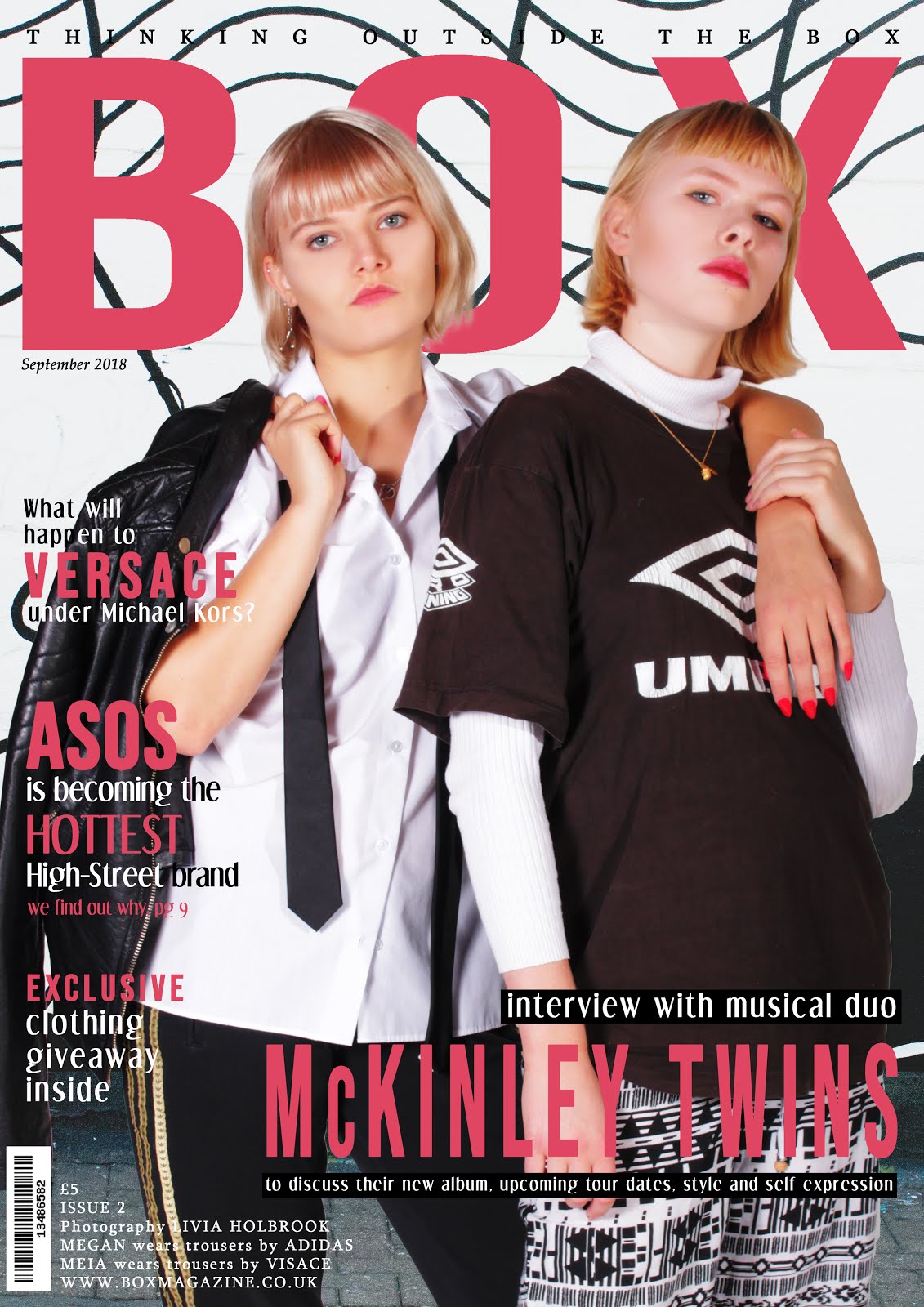Saturday, 2 December 2017
Billboard Music Magazine Cover
1. Summarise the music celebrity you have created. Include name, music genre, personality and how they are being used to comment on contemporary celebrity.
My music celebrity is Lara Fox, a guitarist, singer-songwriter from the band Fur which create indie-rock music. Lara Fox is a feminist and believes in equality between all people. I have used this characterisation to oppose modern glamorised celebrity culture as well as the sexualisation of women in the media. She also shows that music should be the most important part of a career as a music artist.
2. Evaluate how you have constructed the representation of your celebrity through your cover image and cover headline/text (denotation/connotation of text and image).
I have used a black and white filter for the main photo to show the simplification of celebrity culture.
This is further enforced by the use of a mundane and simplistic background. I have also limited make-up and airbrushing to make the model seem more natural. The choice of outfit is very simplistic, using a baggy t-shirt instead of expensive or designer brands. This is to promote the idea of simplicity and normality of my celebrity, showing that celebrities don't have to be glamorous or seen as different from other people. The theme of valuing music is clear through the use of the guitar in the foreground, and the Green Day t-shirt. The artist's hold of the guitar also connotes intimacy between her and her music, showing its importance.
The significance of showing my celebrity's legs is to show how women's skin is not only used to imply sexual connotations. Here, bare legs show simplification but also convey how the artist is exposing herself for who she is; there are no sexual overtones of the photo. This is reinforced with the title of the article, 'don't call me foxy', which is both a play on words with her name, as well as criticising the perception of women in the media.
With the formatting of my text I have used a contrasting and striking colour to highlight the title of the magazine and article. I have also used a different font to make key details stand out.
3. Analyse how far you have used and/or challenged stereotypes of gender/race/age/sexuality in your cover.
I believe I have successfully challenged stereotypes of gender in my cover, by showing that women are not simply sexual objects. My music artist is also not a stereotypical female celebrity as she is not skinny or toned. I believe my celebrity provides a positive image for young girls. However, it does not address racial stereotypes as my celebrity is not of a minority ethnic group, and culture is not a projected theme in my cover.
4. Reflect on the production/editing process. Are you pleased with the end result? Identify what is successful about your shot? What would you have done differently in hindsight?
I was very pleased with the production and editing process of my cover. I took several shots, so I had a good range to choose from for my final cover. Because of my detailed research and the clear idea of what I wanted my cover to look like, the editing process, though complex, was quickly completed. The hardest element I found to complete was the small extract of text, as I was trying to think of the best way to present my ideas about stereotypes. In hindsight, I addressed a lot of issues in this cover, and it may have been more effective to focus of one idea and present it more prominently. Overall, I am very pleased with the way my cover turned out.
Subscribe to:
Post Comments (Atom)






No comments:
Post a Comment